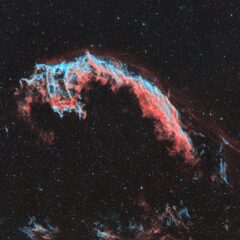
Cygnus loop
The Veil Nebula is a cloud of hot, ionized gas. It is the visible part of the Cygnus Loop, also known as the W78 radio source, or Sharpless 103. It is a very extensive nebula and is usually divided into Continue Reading
Un observatorio amateur para estudios profesionales.Estudios de Exoplanetas, fotometría de asteroides, supernovas, ocultación de objetos estelares, astrofotografía, el Observatorio Anunaki al servicio de astrónomos profesionales.

The Veil Nebula is a cloud of hot, ionized gas. It is the visible part of the Cygnus Loop, also known as the W78 radio source, or Sharpless 103. It is a very extensive nebula and is usually divided into Continue Reading

NGC 2359 is an emission nebula in the constellation Canis Major located just over 8 degrees from Sirius (α Canis Majoris). Its unusual shape, similar to the helmet of a Viking warrior, has led to it being also known as Continue Reading
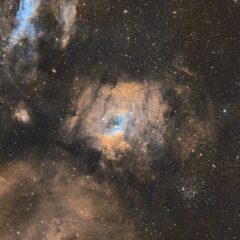
NGC 7635 is an emission nebula, an H II region, in the constellation Cassiopeia, near the open cluster M52. It has originated from the stellar wind of the central star SAO 20575 (BD+60 2522), of apparent magnitude 8.7. Due to Continue Reading

To some, this nebula looks like the head of a fish. But this photograph actually shows the bright gas and clouds of darkened dust from IC 1795, a star-forming region in the northern constellation Cassiopeia. The nebula’s colors were created Continue Reading
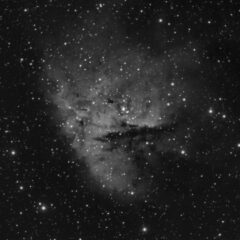
NGC 281 is a busy star formation workshop. Its main features include a small open cluster of stars, a diffuse emission nebula with red glow, large trails of dark dust and gas, as well as dense clumps of gas and Continue Reading
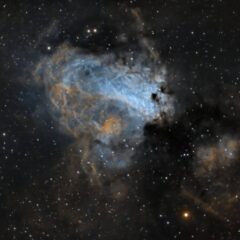
The Omega Nebula (also known as the Swan Nebula, M17 and NGC 6618) is an HII region in the constellation Sagittarius. It was discovered by Philippe Loys de Chéseaux in 1745 and catalogued by Charles Messier in 1764. The Omega Continue Reading
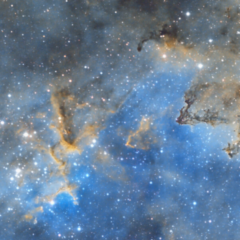
In the central regions of the IC 1805 emission nebula, cosmic clouds seem to draw fantastic figures. The clouds are sculpted by stellar winds and radiation from the massive, hot stars in Melotte 15, the nebula’s newborn star cluster. The Continue Reading
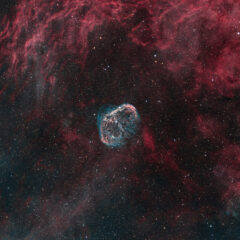
The Crescent Nebula (NGC 6888), also called the Crescent Nebula or Caldwell 27, is an emission nebula in the constellation Cygnus, located 6° southwest of Sadr (γ Cygni). It is located about 4700 light-years away from Earth. Formed by the Continue Reading
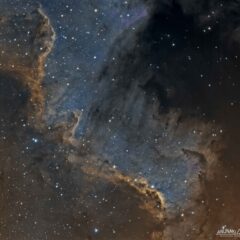
NGC 7000 is an emission nebula in the constellation Cygnus, located near Deneb (α Cygni), also called the North American Nebula. The dark central region is called the Gulf of Mexico, since in some astronomical plates many years ago it Continue Reading
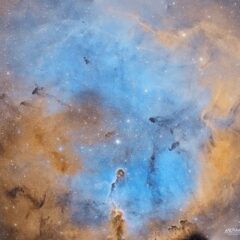
The Elephant Trunk Nebula comprises the emission nebula and the cluster of young stars IC 1396, in the high and distant constellation of Cepheus. Bright ripples make up the subjective form, contouring pockets of interstellar dust and gas. These types Continue Reading